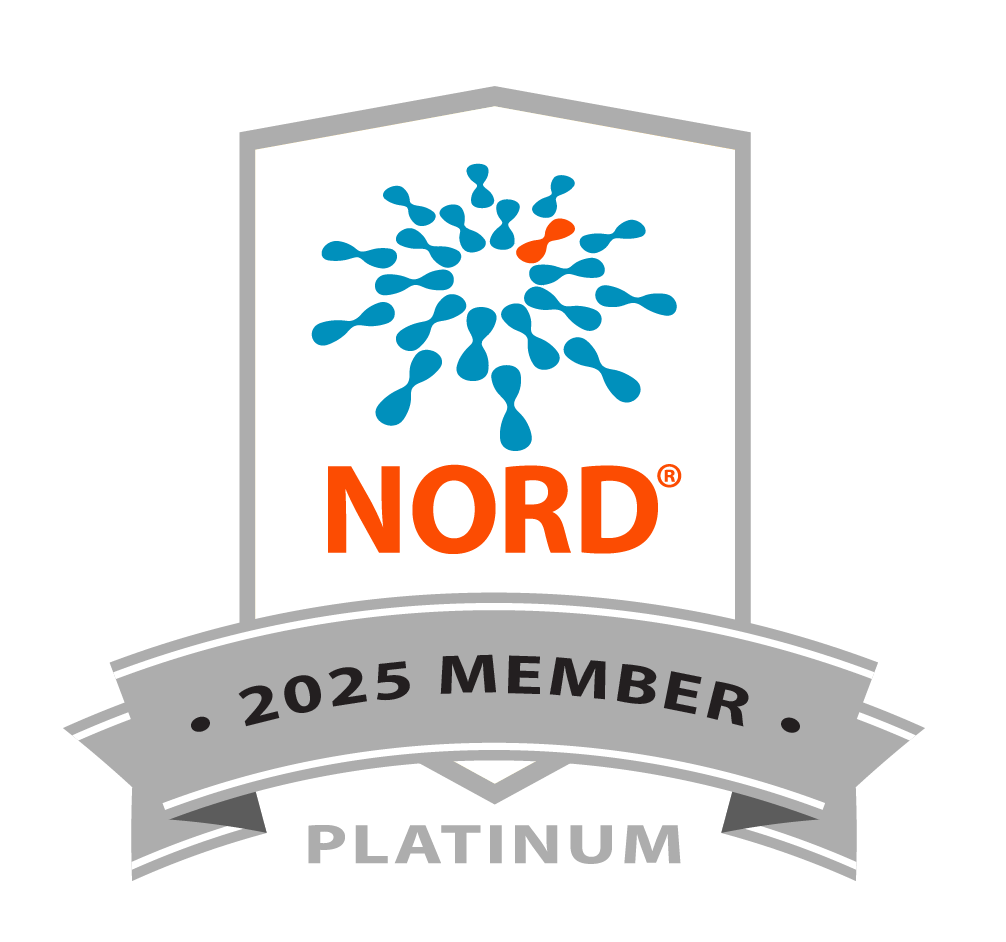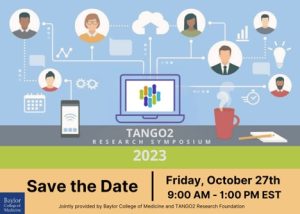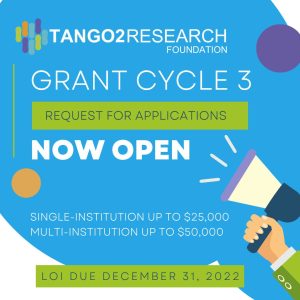©2024 TANGO2 Research Foundation | This website is provided for educational and informational purposes only and is not intended to provide medical advice. The information provided herein are only personal insights and experiences shared by participants to provide additional information to the community. Those seeking personal medical advice should always consult with a licensed physician. If you think you may have a medical emergency, call 911 or go to the nearest emergency room immediately. Neither the Foundation nor its employees, nor any contributor to this site, makes any representations, express or implied, with respect to the information provided herein or to its use. | PRIVACY POLICY










